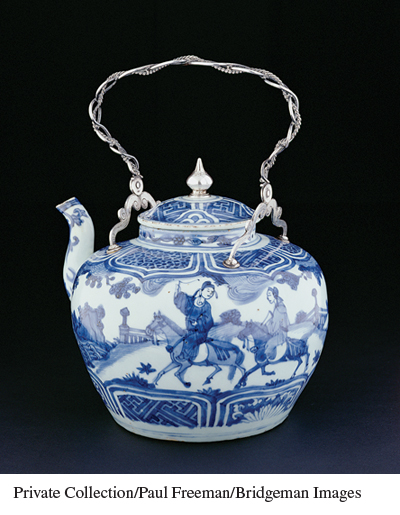A History of Western Society AP®: Printed Page 322-e
Before 1450 Europeans were relatively marginal players in a centuries-old trading system that linked Africa, Asia, and Europe. Desire for luxury goods, including spices, silk, gold, and ivory, led Europeans to seek out better and more direct access to trade, which resulted in a new Portuguese commercial empire along the African coast and the Indian Ocean, and the accidental discovery of the Western Hemisphere. Religious fervor was another important catalyst for expansion, as Europeans sought to counter Islam and spread Christianity. Within a few decades, European colonies in North and South America joined this worldwide web of commerce. Capitalizing on the goods and riches they found in the Americas, and on advances in navigation, cartography, and weapons, Europeans came to dominate the trading networks. The Portuguese and Spanish, and then the French, English, and Dutch, built political empires of truly global proportions, and governments motivated by an economic theory known as “mercantilism” and by a desire for power sought to grab as much trade as possible. The migration of people to the New World resulted in an exchange of animals, plants, and disease known as the Columbian exchange, in which Old World diseases such as smallpox killed the vast majority of people in the Western Hemisphere. Europeans brought in enslaved Africans to work New World plantations, especially those for sugar, in a slave trade that grew to massive proportions and contributed to growing racial prejudice and inequality. Global contacts also created new forms of cultural exchange. Europeans struggled to understand the peoples and societies they encountered and sought to impose European values, including Christianity, on them, but indigenous people also resisted and blended their own traditions with European ones, creating distinctive cultural forms. (Pages 426–460)

